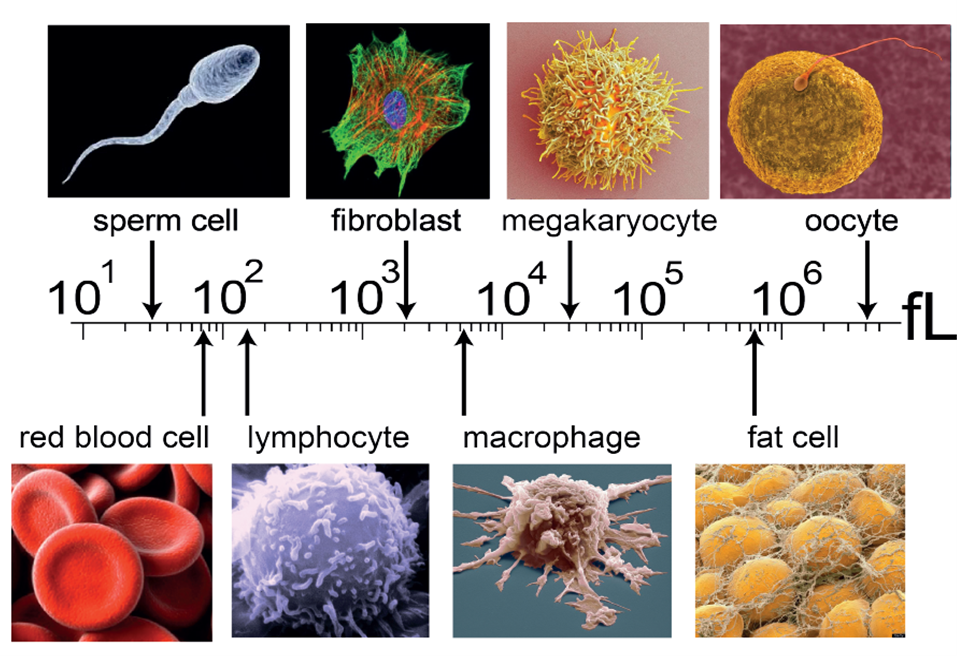Evgeny Zatulovskiy
Cell size regulation and cell fate decisions
Departmental affiliation: Department of Biochemistry
Laboratory website: www.zatulovskiylab.org
Email: ez225@cam.ac.uk
Biography
Evgeny Zatulovskiy received his bachelor and master degrees in biophysics from St Petersburg Polytechnic University in Russia. He was then awarded a Herchel Smith PhD Fellowship and joined the laboratory of Dr. Rob Kay at the MRC Laboratory of Molecular Biology in Cambridge. During his PhD, Evgeny studied the biomechanics of chemotactic cell migration using a social amoeba Dictyostelium discoideum as a model organism. After completing his PhD, Dr. Zatulovskiy joined the laboratory of Prof. Jan Skotheim at Stanford University as a postdoc. During his postdoctoral work, Evgeny used quantitative live-cell microscopy, gene editing, proteomics, and other state-of-the-art methods to study the molecular mechanisms controlling the cell cycle progression and cell size regulation in animal cells. In 2023, Evgeny Zatulovskiy was awarded the MRC Career Development Award to start his own laboratory investigating the molecular mechanisms of cell size regulation and the effects of cell size on of cell fate decisions and other aspects of cell physiology.
Research Summary
Cell size is the most fundamental, yet poorly understood, property of all living cells. While different cell types in our body differ in size by many orders of magnitude, cells of a given type are incredibly uniform in size, suggesting that cell size is tightly controlled and crucial for cell function. Consistent with the importance of cell size for cell function, cell size abnormalities are often associated with diseases, ageing, and stem cell potency loss.
Although the cell size homeostasis is a century-ago observation, we still know surprisingly little about how cells sense and control their size and how cell size mechanistically affects different aspects of cell physiology in health and disease. Therefore, the overarching goal of our research is to solve this century-old mystery and understand how cell size is controlled in animal tissues and why the cell size regulation is crucial for cell and tissue function.
Figure 1: Cell size is tightly regulated and associated with cell function. Different cell types in human body can differ in size by many orders of magnitude, while cells of a given type are typically very uniform in size
- How does cell size affect stem cell fate decisions during development and regeneration?
An important biological process where cell size dynamics are likely to play a crucial role is an early embryo development. In this process, pluripotent stem cells make numerous decisions to divide, self-renew, and differentiate, and it is critically important for the cells to make these decisions correctly, at the right time and right place. Therefore, stem cells are very sensitive to biophysical and biochemical signals regulating their fates. Given our earlier finding that cell size can shift the balance between different regulatory factors in the cell, it is likely that size-dependent changes in transcription factor ratios can bias the stem cells fate decisions during embryo. We, therefore, aim to systematically test this hypothesis using stem cell cultures, organelles and mouse embryos.
2. How do somatic and stem cells control their size to ensure optimal cell functionality?
Phenomenologically, there are two strategies that cells use for size regulation – they can either adjust their growth rate, so that cellular mass accumulation is slowed down in larger cells, or adjust their division rate, so that smaller cells have more time to grow before they can divide again. The molecular mechanisms of size-dependent growth rate adjustment are currently unknown, and we are only starting to understand how mammalian cell division is modulated by cell size.



